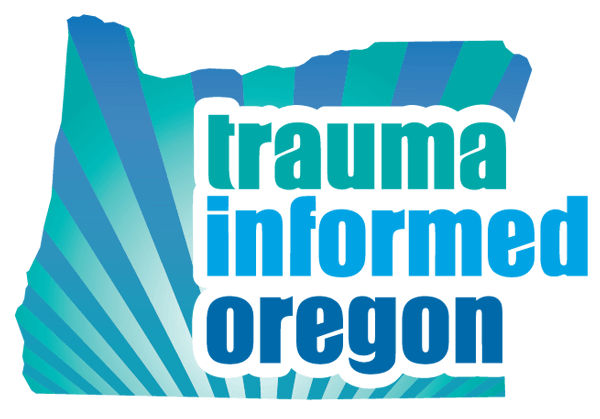Embodiment Practices for TIC
Welcome to this TIC Embodiment offering! We look forward to exploring the grounding and regulation possible through internally attuned, intentional engagement that honors both the emotional and physical sensations of reorganizing and processing that may arise throughout this series.
Many of the movements and postures offered here, as well as the theoretical concepts that underlie them, are influenced by yogic science that originates from South Asia.
This offering was developed in partnership with T. Aisha Edwards, LMHC and Tara Sonali Miller from Radical Rest.

Reflection Journal
This reflection journal is designed to accompany the videos below to support reflections on the foundations of embodiment. All questions and suggested activities are optional.
Embodiment and regulation are crucial for emergency management and disaster workers. These professionals are often exposed to acutely stressful, and sometimes traumatic, situations. Ongoing exposure to stress can impact mental, emotional, and physical well-being of the workforce. Stress activation can influence access to key skills to these professions, including decision-making, sensory input, impulse control, and empathy. This journal offers additional reflections to support these professionals. However, it is a useful tool for anyone invested in these embodiment practices.
 Meet Your Healer-Facilitators!!!
Meet Your Healer-Facilitators!!!

T. Aisha Edwards, LMHC
Aisha (xe/she) is a somatic trauma therapist and educator based in Vancouver WA. Xe received xer Masters in Clinical Psychology from Pacific University and has concentrated on socialized oppressions, interpersonal violence, abuse and neglect in marginalized populations throughout xer decade-plus career. Xe uniquely weaves Gestalt, Somatic Experiencing, Early Developmental Movement Therapies, NeuroEmotional Technique and concepts from Traditional Chinese Medicine and Western and Indigenous Herbalism into a holistic approach to mental health that fosters the primary relationship with the body as the vehicle to wellness, wholeness and connection.

Tara Miller
Tara (they/she) is a yoga and movement teacher, facilitator, community educator, and writer. Tara co-owns and stewards The Bhakti Yoga Movement Center, where she also teaches yoga & movement classes and co-directs the SOMA School of Yoga and Somatics. They have extensive experience in managing programs in the fields of higher education, grant-making, government, healthcare, and housing. Her deepest love and passion is writing - this currents through all of their work, both creative and systemic.
 Preparations & Precautions
Preparations & Precautions
T. Aisha Edwards, LMHC and Tara Sonali Miller initiate the Trauma Informed Embodiment series, offering an opportunity for participants to deepen their connection with their bodies. Given that embodiment work may be activating for some participants, Aisha and Tara begin their discussion by offering both preparations and precautions for moving through the series content with choicefulness and care.
The following considerations are encouraged when initiating an exploration of Trauma Informed Embodiment:
- Open space, preferably that allows for free movement on the floor A sturdy chair without arms can be used to aid in the embodiment movements
- Padding for floor exercises, such as a blanket, towel, or yoga mat
The activities and movements presented throughout this series are framed as suggestions and participants are encouraged to engage in a way that honors their bodies and needs. Embodiment work can bring up a breadth of experiences and sensations in the body as the vestibular system, which aids in orienting and organizing the body, becomes overwhelmed. Feelings of nausea and dizziness may be signs that it is time to pause. The activities and movements may be resumed once your body feels ready to continue. Embodiment work may also introduce an emotional impact and tearfulness as tension and stress is released. Participants are encouraged to pause and take a break if necessary. Panickiness may also manifest as the body reorganizes and processes, inviting another opportunity to take a moment and pause. A final consideration involves dissociation, which may be experienced through stiffness, a sensation of constriction, or disconnection from the body. Embodiment seeks to build connections within the body, and participants experiencing feelings of dissociation are encouraged to slow down and take a break if necessary.
These movements and activities are offered to aid in grounding the body during times of dissociation or emotional overwhelm:
- Shaking the body vigorously to allow energy to diffuse
- Pushing against the floor or wall with your hands
- Twisting on the bodily midline, turning the upper body to one side to stretch the core
- Giving yourself a hug, wrapping your arms around the upper body
- Allowing emotions to flow through your body, paying attention to your needs and physical sensations
- Laying in the fetal position or flat on your back, allowing yourself to experience the sensation of yielding into gravity and bodily support of the floor or chair
- Somatic unwinding, or noticing what the body is wanting and allowing it to move in that way.
